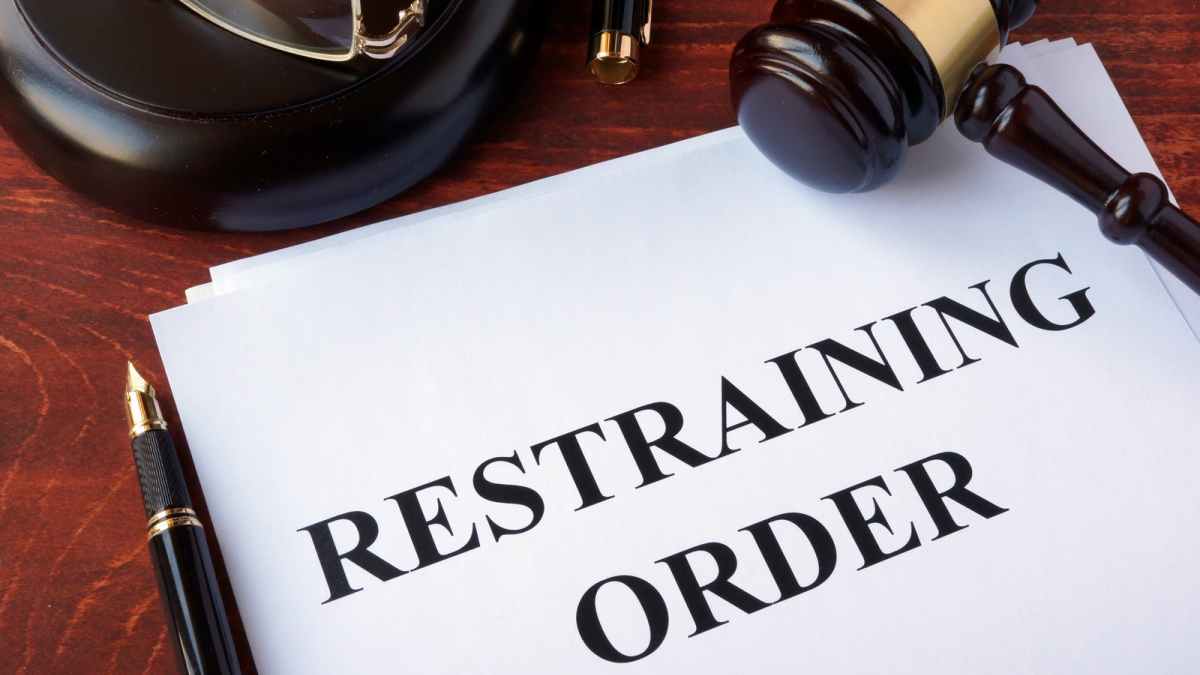A restraining order is filed to seek protection from a harasser or abuser. Whether a family member or a stranger, you have every right to legally draw boundaries if you think you are not safe around that person. Depending on the degree of harm that person is capable of causing you, the strictness of your restraining order is determined. For example, if you are seeking a restraining order because of a domestic violence case, you will need to file an urgent appeal to ensure that the person does not have the time and resources to cause you more damage.
Often, domestic violence, abuse, or stalking victims are lost when it comes to filing the correct restraining order and ensuring maximum protection. So to learn more about how and which type of restraining order your case needs, contact the protection from abuse order.
Attorney today!
Contents
Steps to file for a restraining order
1. Head to the courthouse
The initial step s to head to the courthouse and collect all the required forms for filing a restraining order against someone. After you get the documents, you will have to fill up all the information about yourself, like what state you reside in and where the abuser lives. Moreover, you must fill in details about the location of the harassment, how it occurred, and all the necessary information about it.
While heading to the courthouse, remember to carry your identification proof, like a license card. You must also bring every possible information about the abuser, like their name, photo (if you have any), and phone number; if not a picture, you can carry a written description of how they look and a theory of residence.
Moreover, you can also fill out the information about the abuser’s history of drugs and alcohol, whether they suffer from an addiction or not.
2. Submit the complaint to the courthouse
You can take your time filling out the forms, so ensure you write each detail carefully. After you give all the required information about yourself and your abuser, submit the form to the courthouse.
After a few days, the judge will review your appeal or complaint, and if they think you must be given immediate protection from the abuser, they will grant you a temporary restraining order. The time limitation of your TRO lasts until the final trial of your case, where the judge decides whether you must get a permanent restraining order or not.
Through the trial, there are several factors to consider when the final decision of your case is made.

